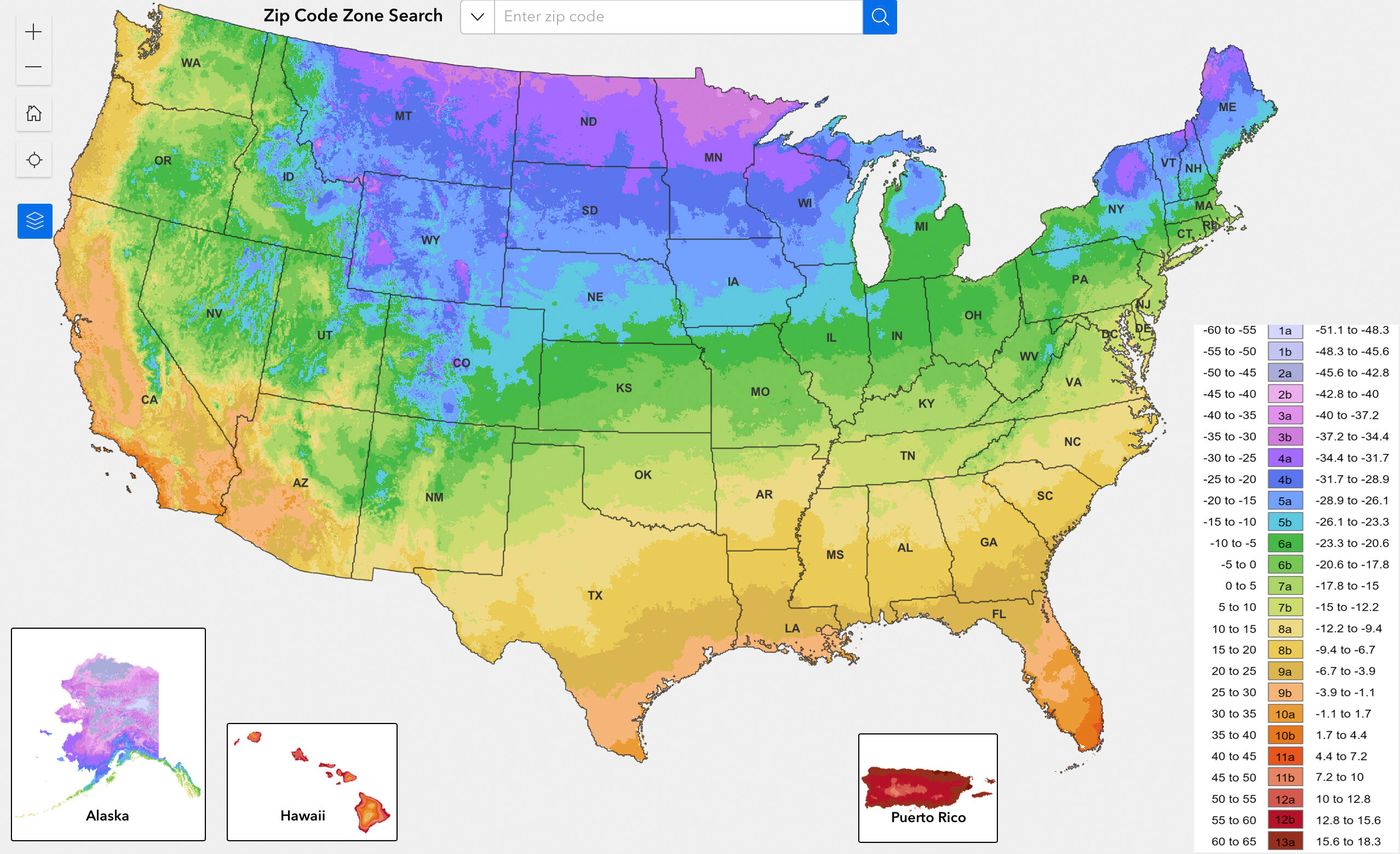A New Hardiness Zone Map for Plants is Released by USDA
Average temperatures are changing in many places, including the United States, and plants that are icons of the South, like magnolia trees and camellias may be able to grow without being damaged by frost in areas that were once too cold for these plants, like Boston. To help farmers plan for these changes, the US Department of Agriculture (USDA) has created a new Plant Hardiness Zone Map, which is a standard that illustrates where certain plants are likely to survive the coldest winter temperatures.
This is also the most detailed map that has ever been developed, and it updates one that was released in January 2012. Average temperatures from 1991 to 2020 were used to find the lowest yearly winter temperatures from more than 13,412 weather stations. This is a huge increase from the 7,983 that were part of the 2012 map, which used temperature averages from 1976 to 2005.
The low temperature is critical for plants, many of which will die if exposed to temperatures that are too cold.
"The addition of many new stations and more sophisticated mapping techniques using the latest PRISM technology led to a more accurate and detailed Plant Hardiness Zone Map but also produced localized changes that are not climate-related," said the lead author of the map, Christopher Daly, director of the PRISM Climate Group. PRISM (Parameter-elevation Regressions on Independent Slopes Mode), is part of the Oregon State University College of Engineering.
The map, which was created by the PRISM Climate Group and the Agricultural Research Service at the USDA, has 13 zones, each of which represent a 10ºF temperature range, with further divisions into half-zones that have 5ºF ranges.
Changes in climate have occurred just about everywhere, but not at the same rate. Overall in the US, the lowest likely winter temperature has gotten 2.5ºF (1.4ºC) warmer than the 2012 map, noted Daly. About half of the US is now in a warmer climate zone compared to ten years ago.
While the warmer temperatures in the winter can seem pleasant, they also have consequences. Fewer insects like ticks and mosquitoes die, for example, and more are likely to survive to pester people during the summer. Hotter summers may also make certain regions less hospitable for certain plants. Now, gardeners will have more accurate data to plan their plantings.
Sources: Oregon State University, USDA









